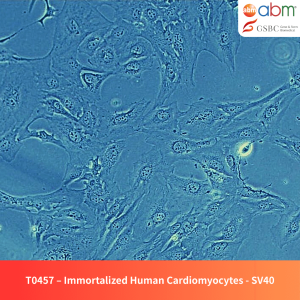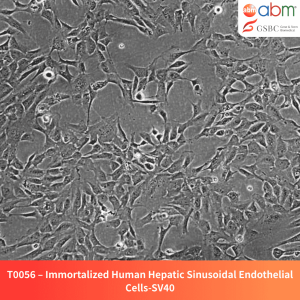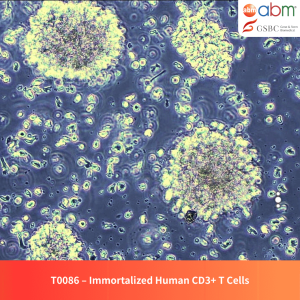Product Details
- Catalog Number: T0789
- Unit Size: 1×10⁶ cells / 1.0 ml
- Species: Human (Homo sapiens)
- Tissue Source: Liver
- Donor Background: Fetal-derived
- Cell Type: Immortalized hepatic progenitor cells
- Morphology: Adherent, spindle-shaped
- Biosafety Level: BSL-2
- Storage: Vapor phase of liquid nitrogen (< -130°C)
- Shipping: Shipped on dry ice
- Format: Cryopreserved frozen cells
Overview
Immortalized Human Fetal Liver Cells (cBAL111) provide a robust and stable model for liver research. These cells are derived from human fetal hematopoietic cells and immortalized through lentiviral-mediated overexpression of human telomerase reverse transcriptase (hTERT). They retain key hepatic marker expression, including albumin, glutamine synthetase, cytokeratin 18, and cholangiocyte marker cytokeratin 19. These properties make them highly suitable for liver biology research, disease modeling, and drug screening applications.
Key Features and Benefits
- Extended Viability: Lentiviral-mediated hTERT immortalization ensures prolonged culture lifespan.
- High Reproducibility: Delivers consistent experimental results.
- Liver-Specific Marker Expression: Expresses key hepatic proteins for reliable liver function studies.
- Optimized Growth Conditions: Adapted to specialized media and extracellular matrices for enhanced viability.
- Adherent Growth Properties: Facilitates easy handling and maintenance in culture.
Culture & Handling Guidelines
Recommended Culture Conditions
- Coating: PriCoat™ T25 Flasks (G299) or extracellular matrix (G422) -coated vessels recommended for optimal adhesion.
- Growth Medium: PriGrow III (TM003) supplemented with:
- Heat-inactivated 10% FBS
- 2 mM L-glutamine (G275)
- 1 µM dexamethasone
- 1X ITS-G (Gibco)
- 1% Penicillin/Streptomycin Solution (G255)
- Incubation Conditions: Maintain at 37°C in a humidified atmosphere with 5% CO₂.
- Seeding Density: 20,000 – 40,000 cells/cm²
Thawing Protocol
- Quickly thaw cells in a 37°C water bath (maximum 2 minutes), keeping the vial cap above water level.
- Decontaminate the vial by spraying with 70% ethanol and transfer to a biosafety cabinet.
- Transfer thawed cells to a sterile 15mL conical tube containing 5mL pre-warmed complete growth medium.
- Centrifuge at 125xg for 5-7 minutes.
- Aspirate the supernatant, gently resuspend the cell pellet in fresh complete medium, and seed into a pre-coated T25 flask.
- Incubate under recommended conditions and allow cells to recover before passaging.
Subculturing Guidelines
- Aspirate the old medium and rinse cells with PBS.
- Add 2-3 mL of pre-warmed 0.25% Trypsin-EDTA and incubate at 37°C until cells detach (~2-10 minutes).
- Neutralize trypsin by adding an equal volume of complete medium.
- Centrifuge at 125xg for 5 minutes, aspirate the supernatant, and resuspend the pellet in fresh growth medium.
- Seed cells at the appropriate density into new culture vessels.
- Incubate under recommended conditions and monitor for confluency.
Cryopreservation Guidelines
- Cryopreservation Medium: 10% DMSO in complete growth media.
- Freezing Rate: -1°C per minute before transferring to liquid nitrogen storage.
Related Products
- Recombinant Human TGF Beta-1 (TGFB1) – Z101555
- Recombinant Human FGF2 (E. coli) – Z101455
- Recombinant Human EPO (CHO cells) – Z101435
- Recombinant Human IL6 (E. coli) – Z100555
Disclaimer
-
- This product is intended for research use only and is not approved for human or clinical applications.
- The growth parameters provided are optimized under standard laboratory conditions. Variability in cell behavior may occur under different conditions.
- Purchase of this product implies agreement with the Material Transfer Agreement (MTA) terms. Please contact us for details regarding licensing and permitted applications.
- We recommend live cell shipments for optimal viability. Customers should assess the feasibility of live cell transfers based on geographical location and environmental conditions.
- While we strive for the accuracy of information, we do not guarantee performance outside our validated conditions. All sales are final.




